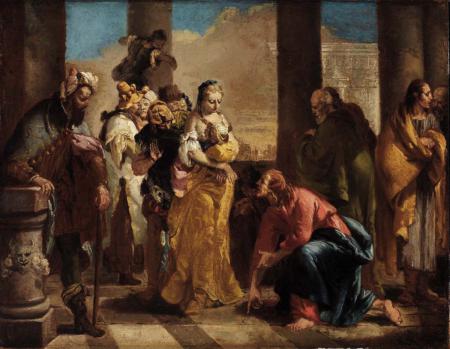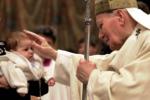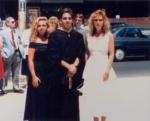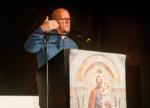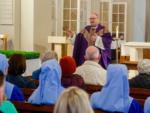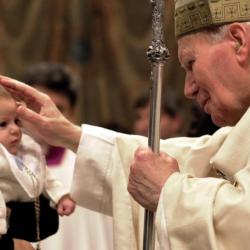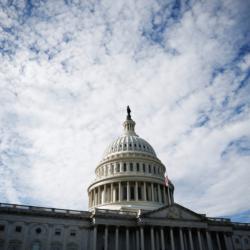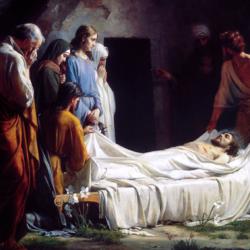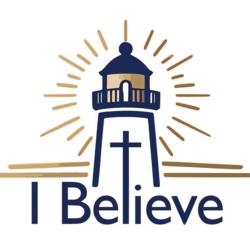One year ends after another begins
We are accustomed to ending one year and beginning another at the end of December, not June. Of course, as Catholics our liturgical year ends around the end of November, and starts with the first Sunday of Advent. Jews, of course, celebrate Rosh Hashanah, their New Year’s, in September or thereabouts. And usually we wait until one year is over before beginning another. But last week, on June 19, the Feast of the Sacred Heart, Pope Benedict inaugurated a Year of the Priesthood. And next week, Monday, June 29, the Feast of the Apostles Sts. Peter and Paul, the Year of St. Paul comes to an end. The change of years comes at the end of June this year, with ten days of overlap! One Year of the P molts into another Year of the P.
The Year of St. Paul commemorates the approximate 2000th anniversary of the birth of St. Paul, Apostle to the Gentiles. The occasion of the Year for Priests is the 150th anniversary of the death of St. John Mary Vianney, the Cure of Ars, who died in 1859 and is the patron saint of parish priests around the world. The pope, in his letter to priests issued on June 18, said that St. Paul “represents a splendid example of a priest entirely dedicated to his ministry. “The love of Christ urges us on,” he wrote. The pope concluded his letter: “In the footsteps of the Cure of Ars, let yourselves be enthralled by Him.”
“To let oneself be fully enthralled by Christ! This was the purpose of all of St. Paul’s life.” Thus the pope inaugurated the Year for Priests on June 19. St. Paul wrote, “It is no longer I that live, but Christ that lives in me. The life I live in the flesh I live by faith in the son of God, who loved me and gave himself for me.”
Of course, we lay people might well ask what the Year for Priests has to do with us. After all, we are not priests in the technical sense of ordained ministers. Yet we all, priests and laity, share in the common priesthood of the faithful. We are all called to spread the Gospel and to bring others to Christ. As Vatican II made clear, this is by virtue of our baptism and confirmation, and not as a result of priestly ordination or mandate from the hierarchy.
But to fulfill our mission, we need the help of ministerial priests, who can celebrate Mass, give us the Eucharist, forgive sins in Christ’s name, and guide us on the road to heaven. We need the ordained hierarchy of pope and bishops, but we must never forget that in the Christian scheme of things, to rule is to serve. “If anyone wants to be first, he must be the last of all and the servant of all.” Pope St. Gregory the Great styled himself, after all, as “servus servorum Dei’’ -- servant of the servants of God.
Often, we get the priests we deserve. The pope notes sad “situations which can never be sufficiently deplored where the Church herself suffers as a consequence of infidelity on the part of some of her ministers.” We know this all too well in Massachusetts. If we had more and more holy priests, and devout lay people who called for them, we would not have to close so many churches.
But then again, “What is most helpful to the Church in such cases is not only a frank and complete acknowledgment of the weaknesses of her ministers, but also a joyful and renewed realization of the greatness of God’s gift, embodied in the splendid example of generous pastors, religious afire with love for God and for souls, and insightful, patient spiritual guides.” And so we must pray for good and holy and learned priests. As the pope notes, “How can we forget that we priests are called to dedicate ourselves to serve, humbly and authoritatively, the common priesthood of the faithful?”
Thank God for the priesthood, and for holy priests! We should be appreciative of the gift of the priesthood and pray for priestly vocations. While not being shocked by the priests who are sick, we should not settle for less than the high standard of priests “according to the heart of Christ.”
Dwight G. Duncan is a professor at Southern New England School of Law. He holds degrees in both civil and canon law.
